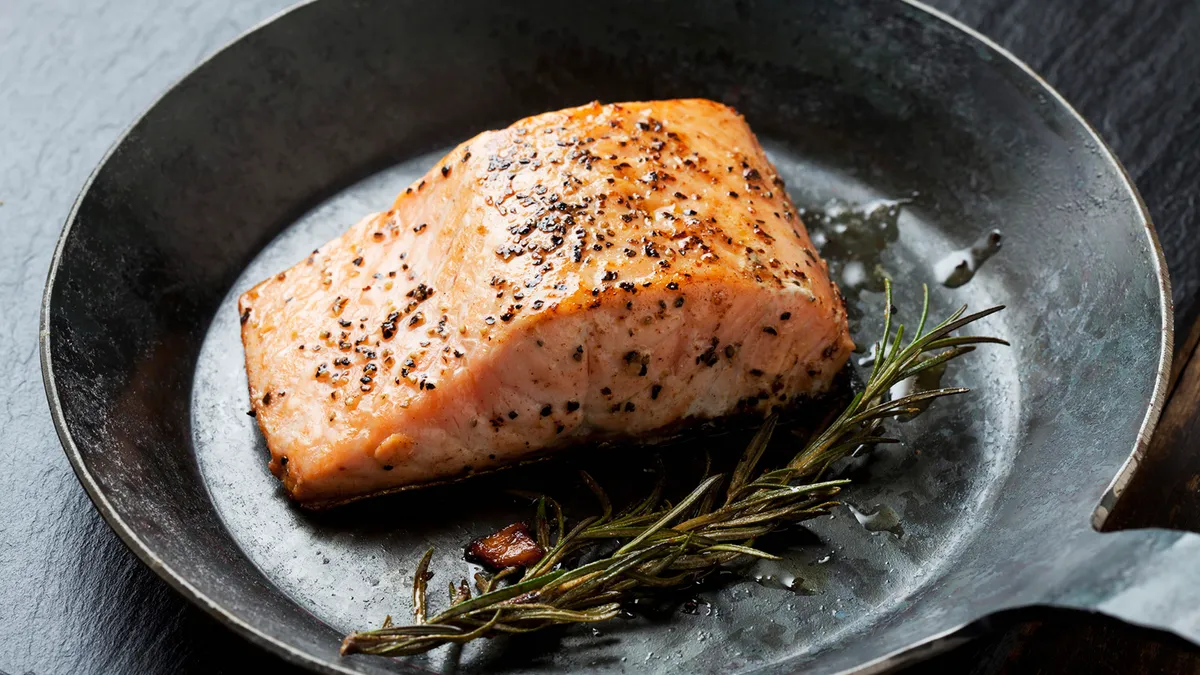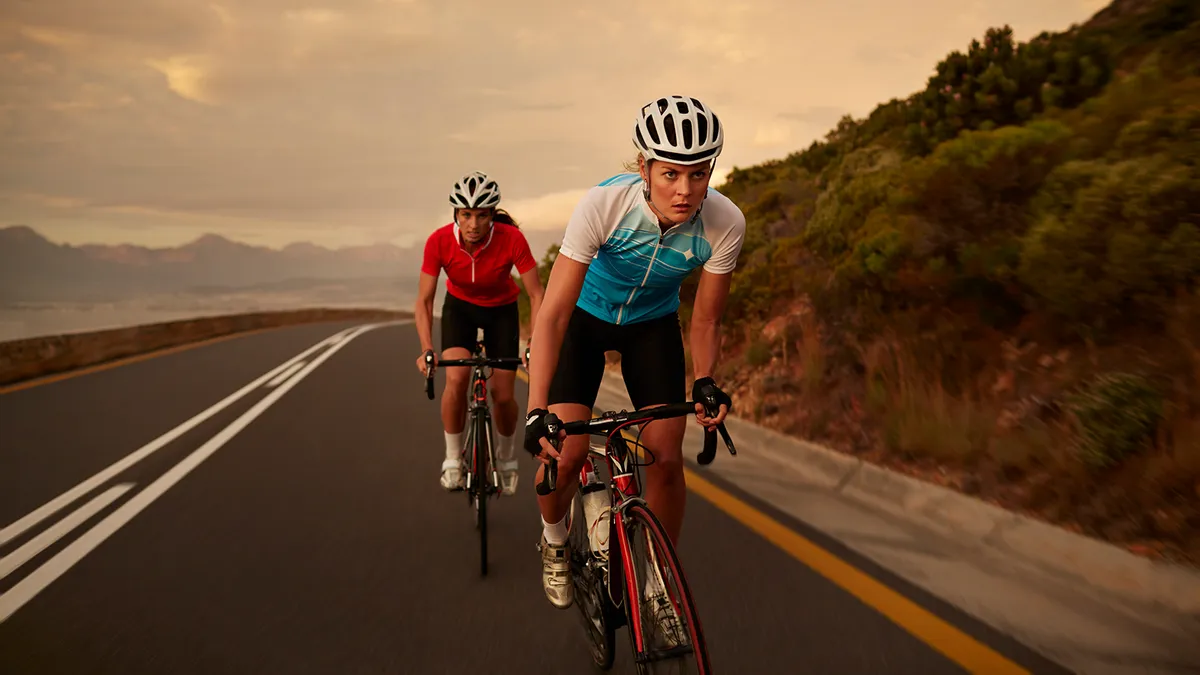This is a sponsored post in association with A1 Coaching.
Throughout this series of articles, becoming a more efficient athlete has been the main goal; by maximising the time one has available in the most effective way possible. Your approach to nutrition can be viewed in the same way.
It seems that every day there’s a new diet that is the solution to all your problems. Like we have achieved with our training and recovery principles, we’ve cut out the nonsense and can provide an approach to nutrition for endurance-based athletes that actually works.
Nutrition for endurance athletes
Endurance sports, such as cycling, require the body to produce energy for a long period of time. Energy is supplied by the food we consume and digest. The protein, carbohydrates and fats (macronutrients) we consume are broken down to supply energy.
Each of these macronutrients are broken down and used in different ways, within the body, in order to supply energy; meaning that different macronutrients are required for different tasks.
Carbohydrates and protein
Traditionally, carbohydrates have been emphasised as the primary source of energy for endurance based athletes. However, carbohydrates are actually more suitable to provide energy for short periods of time as they can be broken down and provide energy very quickly in the body, in comparison to fats and protein.
Fat has been found to be a more efficient source of energy for cyclists
In terms of cycling, carbohydrates are more suitable to provide energy for short intensive periods of time (seconds/minutes); for example: sprints or short climbs (anaerobic efforts).
Like carbohydrates, protein is not our preferred source of energy for endurance cyclists. Protein is used to build our cells and tissues and is not stored in the body. Therefore, protein degradation needs to be limited to prevent cellular damage and muscle loss.
Fat is our friend
Fat has been found to be a more efficient source of energy for cyclists. Fat (9kcal/g) contains more energy compared to carbohydrates and protein (4kcal/g). Stores of fat are also much larger (blood, muscle and adipose tissue).
For example, an 80 kilogram athlete with a body fat of 10% has approximately 8 kilograms of stored fat which has the potential to supply 72,000kcal of energy.
In comparison, carbohydrate stores in the body can only store 400-500g equating to 1,600-2000 kcal of energy or three to four hours of medium intensity exercise. This limited amount of carbohydrate is not ideal to supply energy for a long endurance sport such as cycling.

As cycling and other endurance based sports are carried out at reasonably low intensities (sub-threshold), fat is a more suitable source of energy as it can supply energy for long periods of time.
By using fat as the primary source of energy at low intensities, it allows carbohydrates to be saved for the intensive periods of exercise. By becoming “fat-adapted”, you can increase the rates at which you burn fats, at higher exercise intensities.
In terms of cycling, this may enable you to have that bit of reserve energy to win a sprint or make that attack to get in a breakaway. Should carbohydrates be used as the main source of energy, the limited stores would soon become depleted during a long distance event, such as a road race.
It would be impossible to replenish, as our rate of absorption of carbohydrates is less than the rate we burn carbohydrates. Simply put, we can’t replace the carbohydrates that we burn, quickly enough during exercise.
In comparison, fat stores are so large and readily available that they will not run out during a long distance event. The key is to eat in a way that activates the metabolic machinery required to enable you to burn fat, as you train and compete.
Nutrition training
In order to make the body more efficient at using fat, as a source of energy, it must be trained. The body must learn how to use fat as its primary source of energy, during sub threshold efforts.
By timing and selecting the food types you consume, based on your training schedule (e.g fat before training and carbohydrates after), the energy pathway for burning fat is activated.
This brings a new meaning as to how you look at nutrition for sport. Your plate no longer becomes a plate of calories and grams, rather a plate of switches and triggers.
As you progress, your machinery will become upgraded, allowing you to become more efficient at burning fat. Thus, this means that your engine will grow, you will burn more fat, improve your power/weight ratio, and keep more turbo fuel in the tank for when it’s needed. All this can be achieved by simply changing the way you eat and becoming “fat-adapted”.
- Click here for free access to A1 Coaching’s winter training video series
- Part one: How to get more speed with less training
- Part two: The phenomenon of 'headless-chicken' riding
- Part three: Know your numbers and set your threshold
- Part four: Smart weekly training for maximum performance
- Part five: Setting goals, planning and periodisation
- Part six: The art of recovery

